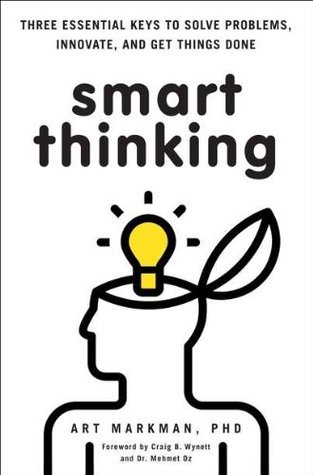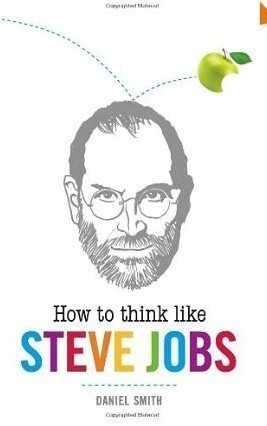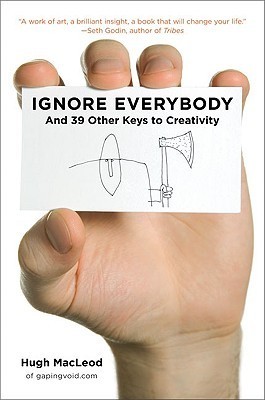
Making Ideas Happen: Overcoming the Obstacles Between Vision and Reality
Book Description
Imagine standing at the edge of your dreams, where ambition collides with the harsh reality of execution. Scott Belsky unveils the secrets to transforming wild ideas into tangible achievements, navigating the tangled web of fear, doubt, and procrastination that threatens to derail every visionary. Bursting with empowering strategies and real-world insights, this guide ignites the spark of creativity and transforms it into unstoppable momentum. Dive into a riveting journey of passion and purpose, where every page empowers action. What will you build when you finally bridge the gap between vision and reality?
Quick Book Summary
"Making Ideas Happen" by Scott Belsky explores why so many creative ideas never make it out of the concept phase and presents concrete strategies for transforming inspiration into action. Drawing from research, experiences from successful creators, and Belsky’s own ventures, the book distills the mechanics of productive execution and overcoming barriers like procrastination, perfectionism, and disorganization. Belsky stresses that creative breakthroughs arise not from raw talent or inspiration alone, but from a disciplined approach to organization, leveraging community, and masterful leadership. With actionable frameworks and stories, he lays out a path for creatives and innovators to consistently bring ideas to fruition and build momentum in their endeavors, guiding readers to realize their ambitions and bridge the gap between imagination and reality.
Summary of Key Ideas
Table of Contents
Organizing for Execution
Belsky begins by addressing the widespread myth that great ideas succeed solely on creative merit. He asserts that idea generation is only the starting point, while dedicated action is what sets successful creators apart. The book offers practical tools for organizing tasks, tracking progress, and establishing structures that foster consistent execution. Belsky emphasizes that implementing systems—such as action steps, backburner items, and reference files—helps manage complexity and prevents promising ideas from stagnating.
Harnessing the Power of Community
Community plays a pivotal role in realizing big ideas. The book illustrates how collaboration, accountability, and constructive feedback can fuel momentum. Belsky encourages readers to engage with other passionate individuals, leveraging their support networks for guidance and shared resources. He underscores the importance of surrounding oneself with people who challenge assumptions, provide encouragement during setbacks, and celebrate incremental victories, thereby reinforcing perseverance.
Leadership and Self-Motivation
Developing effective self-leadership is central to bringing ideas to life. Belsky urges creators to cultivate habits of discipline, resilience, and adaptability. He discusses how leaders fuel their teams—and themselves—by inspiring belief in the vision, setting clear priorities, and balancing flexibility with laser-sharp focus. By managing distractions and maintaining motivation through inevitable lulls, individuals and teams can stay aligned and action-oriented, even when initial enthusiasm fades.
Overcoming Obstacles and Self-Doubt
Recognizing and confronting obstacles is a major theme throughout the book. Belsky delves into the paralyzing effects of fear, self-doubt, and perfectionism that derail progress. He outlines strategies to address procrastination, mitigate uncertainty, and learn from failures. By re-framing setbacks as learning opportunities and progressing in small, achievable increments, creative individuals can build confidence and sustain forward motion regardless of external conditions.
Prioritizing Action over Perfection
Ultimately, Belsky champions a bias toward action over endless brainstorming or refinement. He advocates for launching projects before they’re perfect, iterating based on feedback, and prioritizing tangible progress over abstract ideation. The book concludes by motivating readers to take responsibility for their visions—reminding them that only through relentless execution do aspiring creators make their mark, bridge the gap between vision and reality, and shape impactful outcomes.
Download This Summary
Get a free PDF of this summary instantly — no email required.





